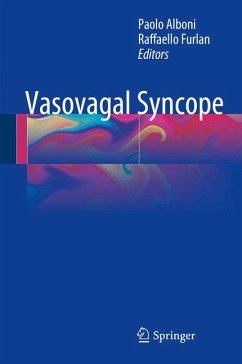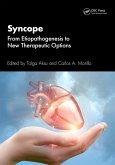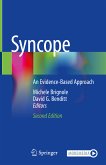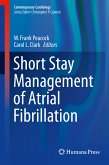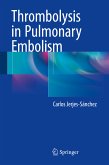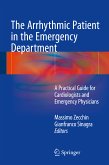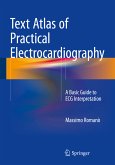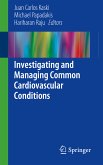This book is exceptional in being devoted solely to vasovagal syncope (VVS), the most frequent cause of transient loss of consciousness in the general population. All aspects of VVS are covered, including epidemiology, pathophysiology, diagnosis and differential diagnosis, prognosis, therapy and implications for particular activities such as work, driving and physical activity. The context for the book is that about half of the population suffer from this type of loss of consciousness during their lifetime and then often call for general practitioner and/or emergency room assistance. While many pathophysiological aspects of VVS have been clarified, others remain elusive. The diagnosis of VVS may be easy, but it is sometimes challenging. From the therapeutic standpoint, few evidence-based therapies have been established and the large majority of treatments remain unsatisfactory. Vasovagal Syncope presents the latest evidence on all these issues and will be of value for internists, cardiologists, neurologists, emergency physicians and general practitioners.
Dieser Download kann aus rechtlichen Gründen nur mit Rechnungsadresse in A, B, BG, CY, CZ, D, DK, EW, E, FIN, F, GR, HR, H, IRL, I, LT, L, LR, M, NL, PL, P, R, S, SLO, SK ausgeliefert werden.

